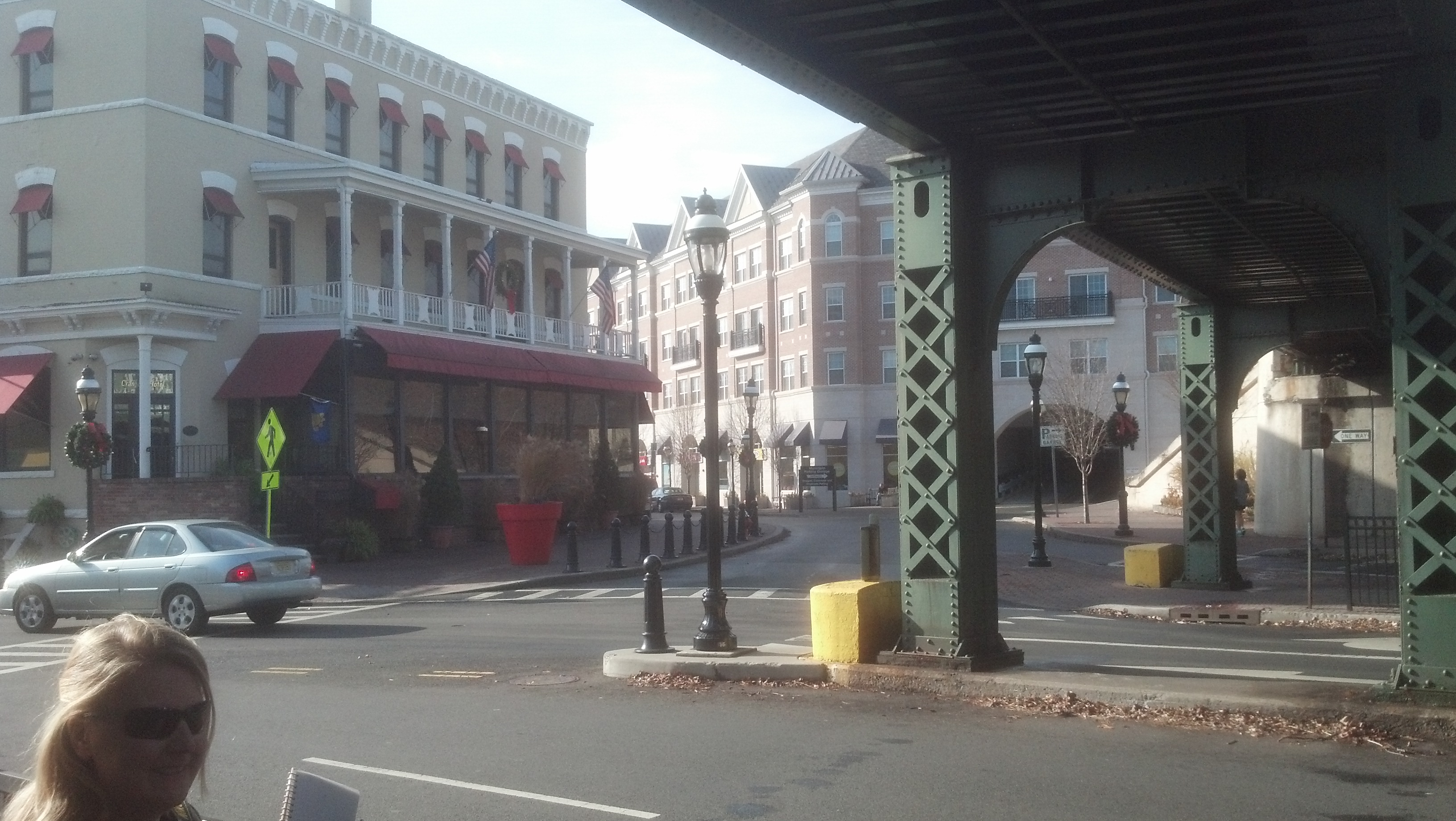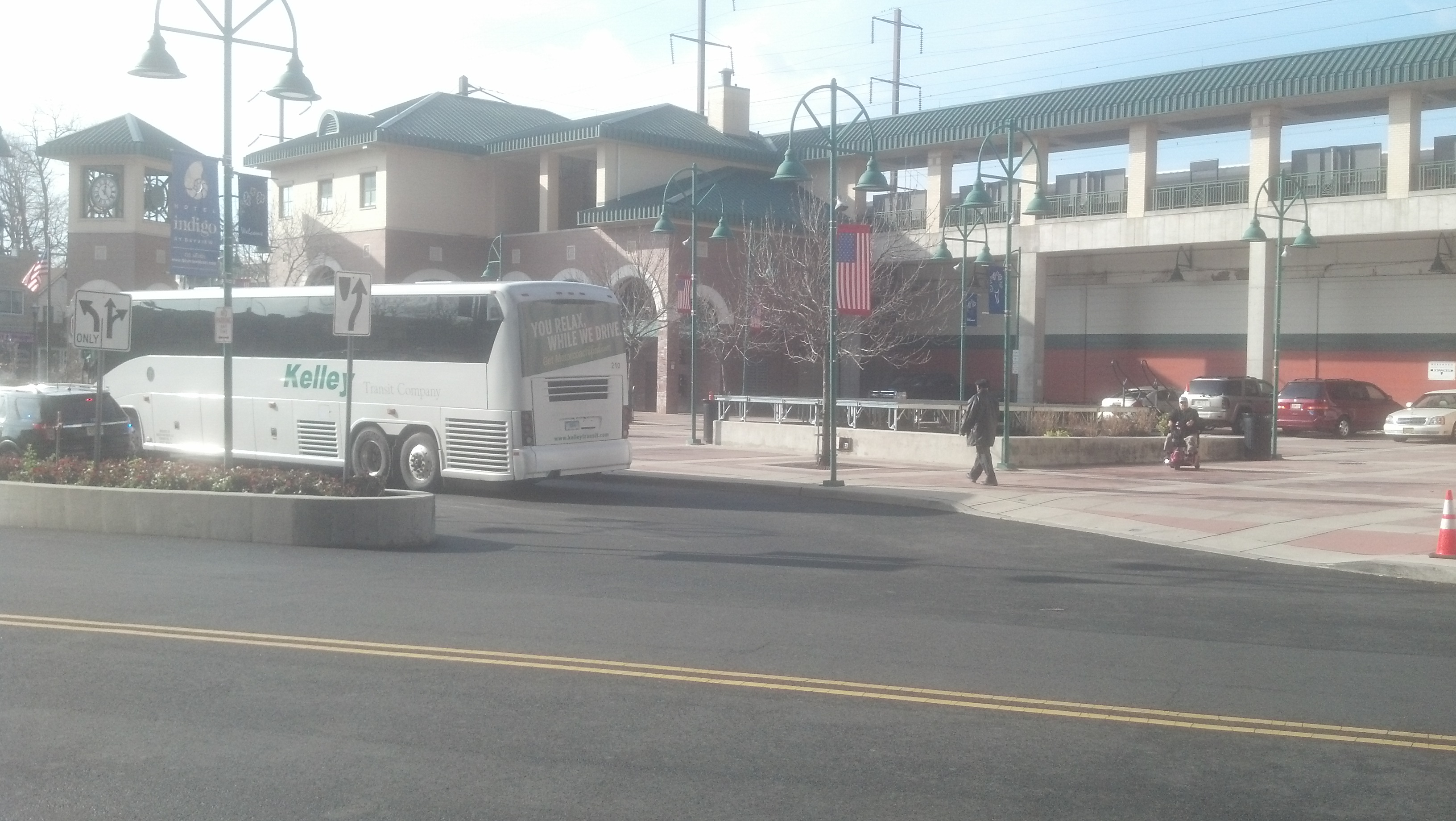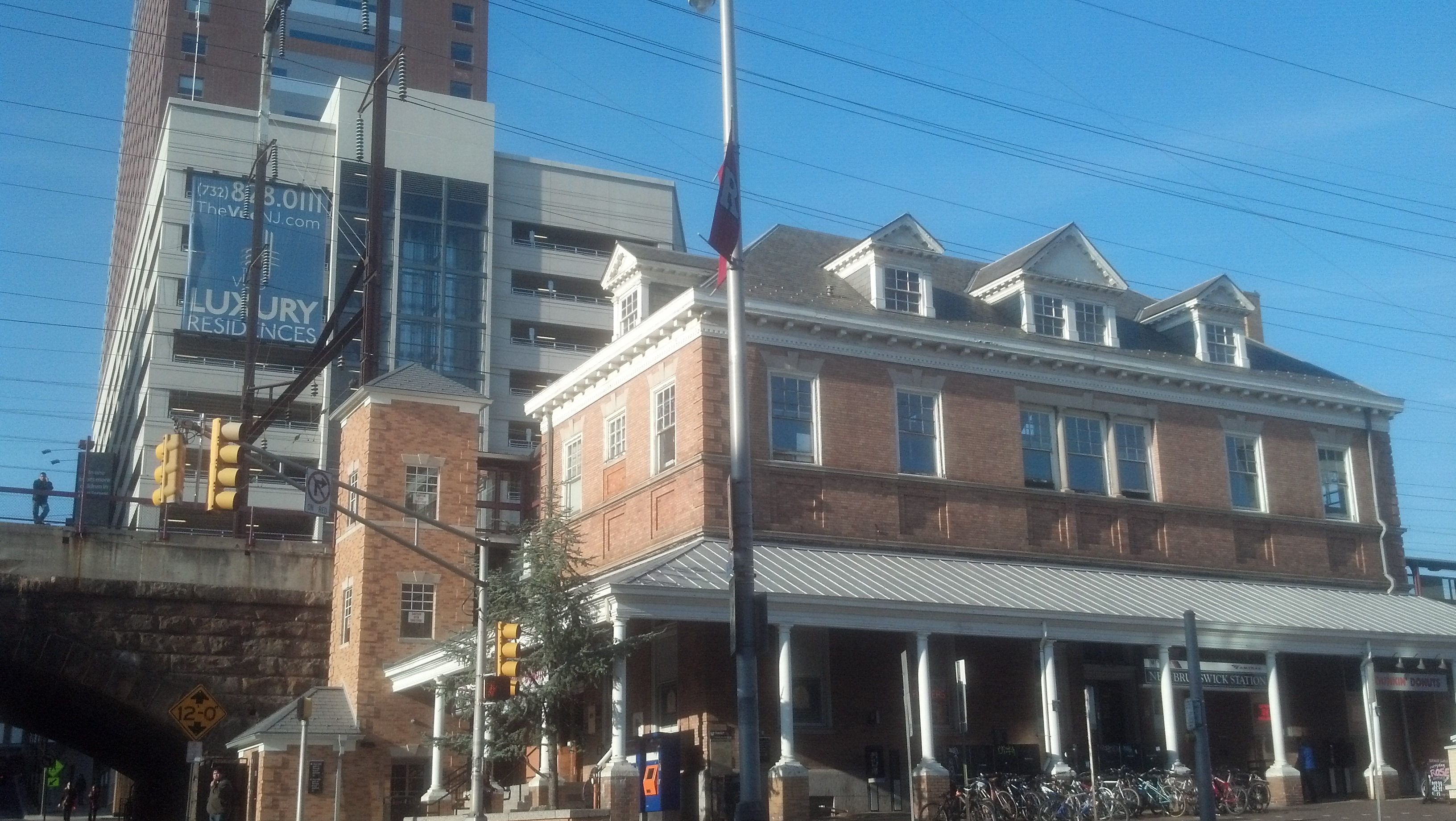On Monday a bus full of enthusiastic Connecticut representatives from municipalities, state agencies, regional planning agencies, redevelopment commissions, affordable housing organizations, and non-profit groups travelled to New Jersey to see and learn about their community developments around train stations, a.k.a. transit-oriented development. Transit-oriented development (TOD) is an economic growth strategy that combines housing, employment, amenities, and recreational opportunities within close proximity to transit stations, while minimizing environmental impacts.
The bus trip, organized by Tri-State Transportation Campaign, took the participants to the towns of Cranford, Rahway, and New Brunswick, followed by a roundtable discussion at the Edward J. Bloustein School of Planning and Public Policy at Rutgers.

The group saw successful, in-the-ground development projects located within walking distance of town train stations, and learned about New Jersey’s Transit Village program, a multi-state agency partnership implemented in 1999, which created incentives for municipalities to redevelop or revitalize the areas around transit stations using certain criteria and sustainable design guidelines.
Although Cranford, Rahway, and New Brunswick are unique towns with different demographic and economic profiles, thereby resulting in different TOD strategies, the towns’ leaders uniformly spoke of TOD’s positive impact on their towns, and the key role that the NJ Transit Village program has played; whether it has been state interagency technical support, outreach and education assistance, or the accompanying Urban Transit Hub Tax Credit Program. TOD is complex, but worth it, was the message, and it requires vision, leadership, and partnerships between municipalities, state agencies, and the private sector.

Connecticut is at a special moment in time. With the New Britain – Hartford Busway project and the upcoming improvements to the New Haven – Hartford – Springfield Rail project, Connecticut has an unparalleled opportunity to leverage these upcoming transit investments and create jobs, boost the economy, and wisely develop our communities for the 21st century. However, our state currently has no coordinated game plan to advance TOD along our transit corridors. Over the past year CFE and its partners on the working group, Growing Connecticut Around Transit, have worked with state agency members to develop a draft TOD policy framework, and believe now is the time for implementation. The framework includes a number of features from New Jersey’s program and focuses on four central points: 1) appoint a person with genuine authority and responsibility to promote Transit-Oriented Development; (2) identify and prioritize Transit Communities to be supported; (3) prioritize and direct existing (and eventually new) state resources toward such communities, and; (4) provide a structure and mechanism for Transit Communities to acquire land and finance developments.
To learn more about CFE’s work on transit and transit-oriented development, go to http://ctenvironment.org/livable-communities/transit-oriented-development.cfm.

Posted by Chris Cryder, CFE Outreach Associate.

Nice article, Chris. Would you happen to know if anyone from West Haven was on this trip? With our MetroNorth station slated for completion in 2013, I wonder if there is any vision for the area around the station.